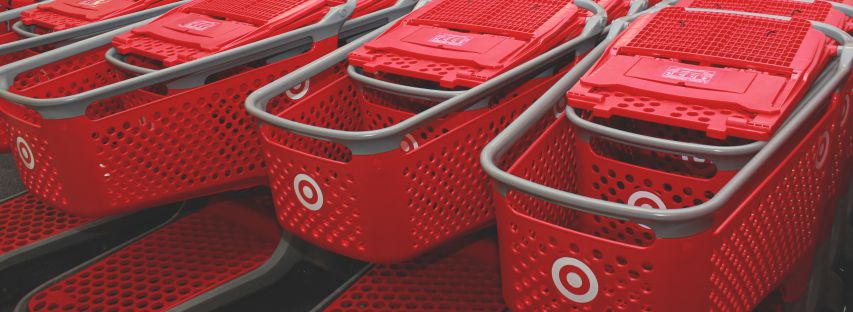The Idea: The final proof of greatness lies in being able to endure a fall without abandoning your vision. In late 2013 Target was one of the first high profile companies to have their reputation smeared by a data breach of mass proportions: almost 40 million credit and debit card numbers stolen, later followed by a Canadian expansion strategy that was aborted. In an age of social movements and uprisings, Target had taken a hit of epic proportions and was reeling.
One of the gems of mass retailing had seemingly lost their way. But as we have all seen over the last 18 months, much has changed as they have reimaged their organization.
Is Target now the Future of Retailing?
Every retailer in America is trying to reposition their consumer experience to include a seamless on-line solution to compete with Amazon, Alibaba and other digital retailers. Target has been strong enough to look objectively into the mirror, and they have taken four steps we can all learn from.
- Dance with Entrepreneurs: Target has an innovation lab in San Francisco and is now partnering with Techstars, a startup accelerator, scouring the land looking for technology start-ups that influence all facets of the retail experience. Entrepreneurs see things through a different lens; they ask different questions; they view the world differently. Target hopes to collaborate with many of them in creating the future.
Do you have enough outsiders challenging your business model?
- Vertically Integrate: We live in an “on-demand” world, and Target is creating a model that will give the guest exactly what she wants, when she wants it in a flexible store format that aligns with her changing needs. The Target guest who purchases goods both on-line and in the store generates more than three times the sales compared to guests who shop in stores only. Target will continue making on-line and in-store pickups easy and convenient- using their stores as flexible fulfillment centers and offering free shipping this holiday season, expanding curbside pickup and bolstering their digital imagination. The store and the on-line experience is vertically integrated and curated by the same team. It is one voice. Is every part of your brand experience seamless, convenient and vivid?
- Return to Core Promise: Target is very disciplined; they compete for consumers they have the authority to win. And they are as good as any operator in staying away from opportunities that are not aligned with whom they are. Their brand promise, purpose and identity are fixed. They are clear on why they exist. Target plays big in signature categories such as style, baby and kids, wellness, and Target is always looking for new exclusive innovations smothered in a fun, beautifully designed, inclusive, compelling experience—fulfilling their “Expect More. Pay Less” promise. Who are you and what’s your identity?
- Customize & Localize: Living in Chicago I have seen up close how Target is creating smaller urban stores with tailored, locally relevant products that support the lifestyle of the neighborhoods they serve. They offer the guest exactly what she needs, based on how she lives in the urban neighborhood. This includes local foods, beverages and clothing. In these urban stores Target reports that they are trading out over 5,000 items for more appropriate items that fit the needs of the neighborhood. Do you give others exactly what they want?
There is no better teacher than defeat. Every loss offers the seed to new growth. Poet Edwin Markham reminds us that “defeat may serve as well as victory to shake the soul and let the glory out.”
Target has reminded us of the same lesson.

